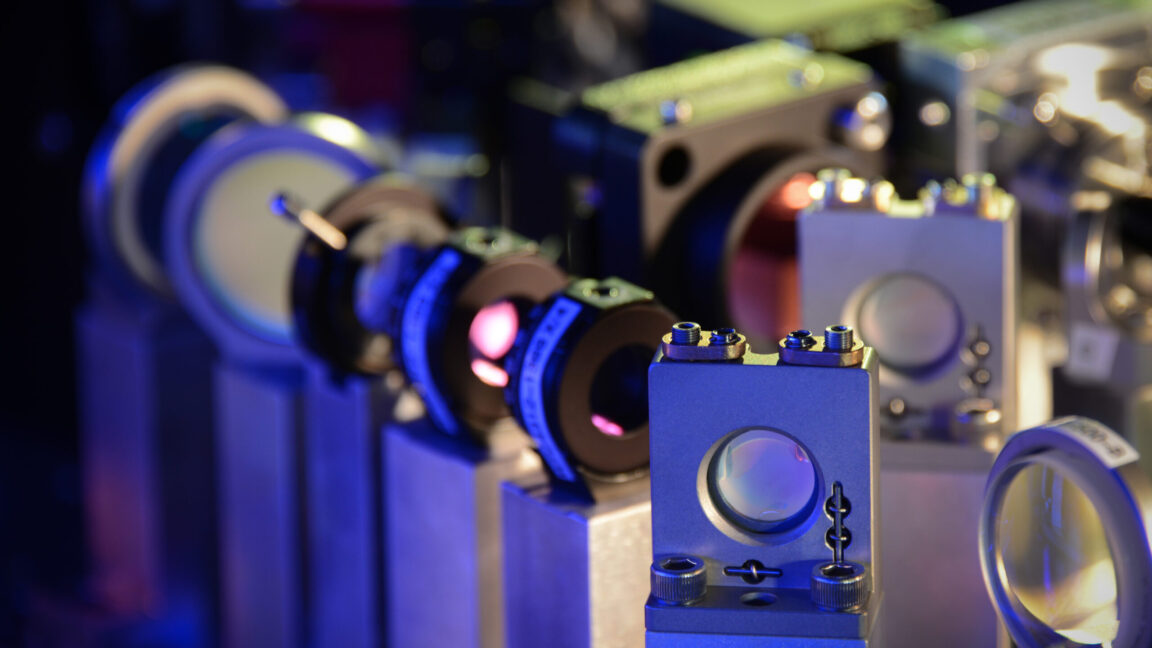INSUBCONTINENT EXCLUSIVE:
So, the paper describes how some logical operations can be performed relatively easily, while a few others require manipulations of the
error correction scheme in order to work
(These manipulations have names like lattice surgery and magic state distillation, which are good signs that the field doesn't take itself
that seriously.)So, in sum, Microsoft feels that it has identified an error correction scheme that is fairly compact, can be implemented
efficiently on hardware that stores qubits in photons, atoms, or trapped ions, and enables universal computation
What it hasn't done, however, is show that it actually works
And that's because it simply doesn't have the hardware right now
version of these 4D codes
The largest it has access to is a 100-qubit machine from a company called PASQAL, which barely fits the 96 qubits needed, leaving no room
for error.While it should be possible to test smaller versions of codes in the same family, the Azure team has already demonstrated its
ability to work with error correction codes based on hypercubes, so it's unclear whether there's anything to gain from that
approach.Instead, it appears to be waiting for another partner, Atom Computing, to field its next-generation machine, one it's designing in
partnership with Microsoft
"This first generation that we are building together between Atom Computing and Microsoft will include state-of-the-art quantum
capabilities, will have 1,200 physical qubits," Svore said "And then the next upgrade of that machine will have upwards of 10,000
And so you're looking at then being able to go to upwards of a hundred logical qubits with deeper and more reliable computation available

